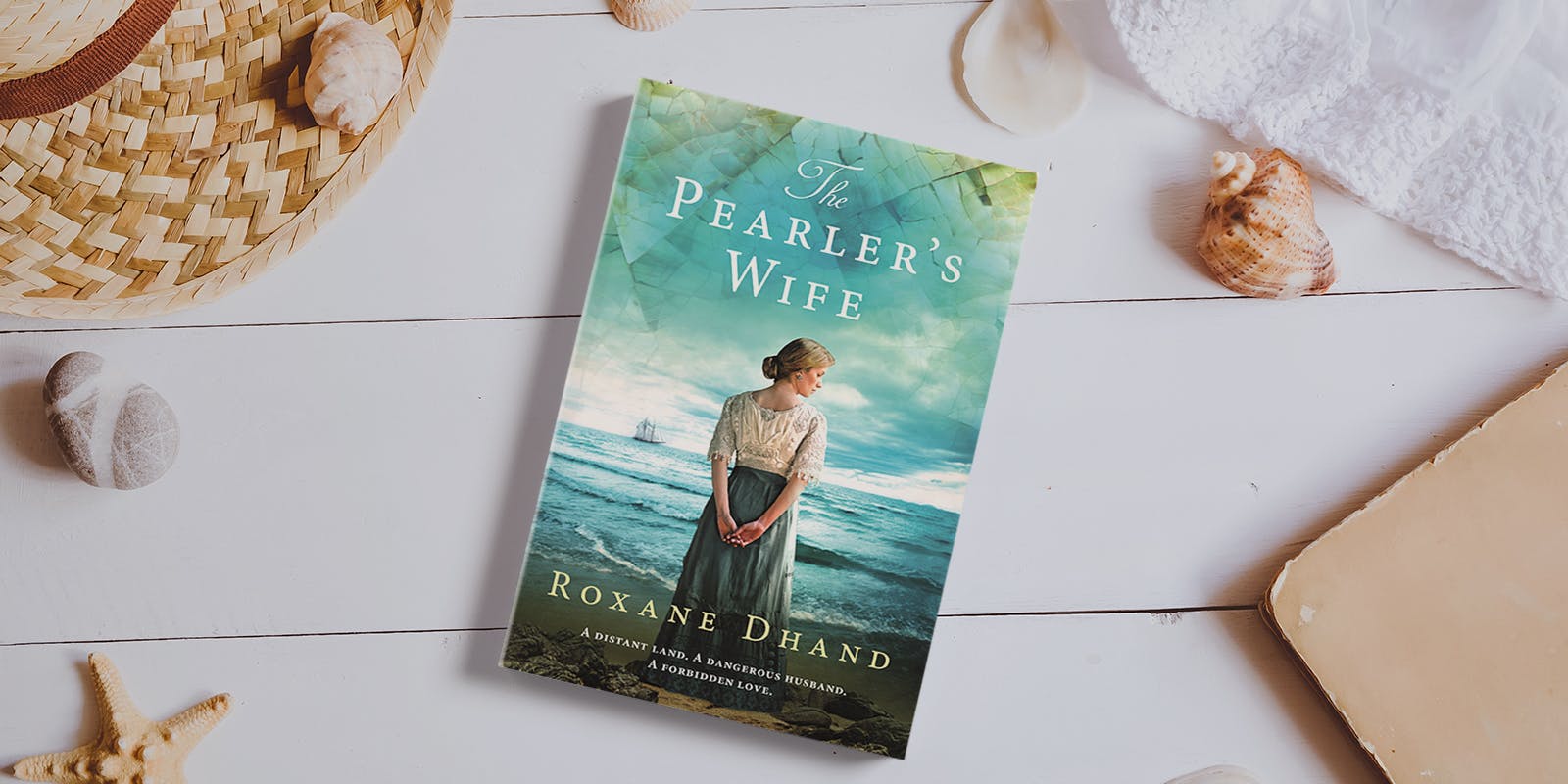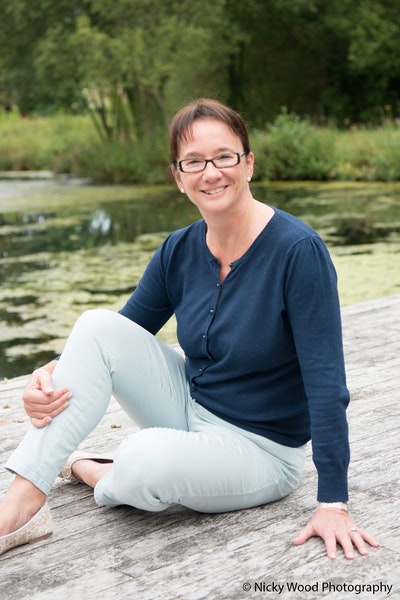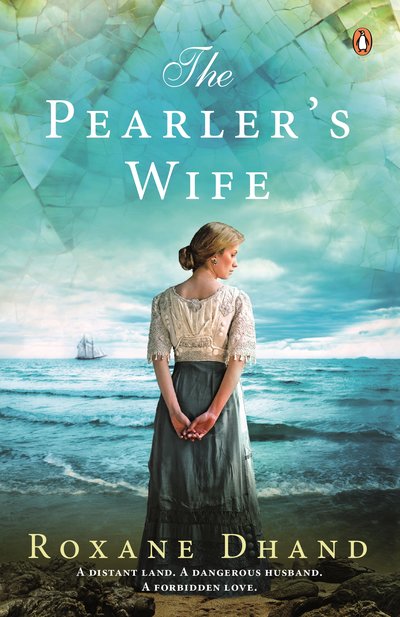Roxane Dhand on discovering the rocky history of Broome’s pearl-fishing industry.
In July 2013, Perth in Western Australia was cold and wet.
At 2200 kilometres north of Perth, Broome is not the sort of place you visit on the spur of the moment, but sometimes we do impulsive things.
From the moment I arrived, Broome had a romantic feel about it – a remote, rugged outpost with a past woven through with colourful characters and adventurous tales of hard-hat divers battling through cyclones to wrest pearl shells the size of serving platters from the depths of the Indian Ocean.
On every street corner, the town of Broome celebrates the industry that put it on the map. There are museums devoted to pearl-shell diving, a historical society, bus tours to take and pearl farms to visit. Diving memorabilia is everywhere.
At Gantheaume Point, the lighthouse dominates the coastline where Anastasia’s Pool was fashioned from a rock pool by the lighthouse keeper for his arthritic wife.
At the Japanese cemetery, over 900 Japanese men are buried and other sections of the cemetery are dedicated to Chinese, Muslims and Christians. Between 1910 and 1912 in Broome, I learned, there were some 500 diagnosed cases of beri-beri, with almost one hundred deaths. In the case of the diver’s paralysis (the bends) there were close to 200 deaths between 1910 and 1914, and from drowning approximately 700 deaths between 1887 and 1935.
I wanted to know more about Broome’s pearl-fishing industry.
The pearling industry in Western Australia stretches back to the mid-nineteenth century, with Broome emerging onto the scene in the mid-1880s. Mother-of-pearl was in worldwide demand for use as buttons, cutlery handles, watch-faces and inlay for marquetry. The rich beds of pearl oysters (Pinctada maxima) off the beaches of the north-west coast provided a ready supply of the sought-after shell.
By the turn of the twentieth century, Broome was a town of enormous wealth derived almost entirely from pearl-shell fishing.
The pearling industry drew migrants from across Asia – divers from Japan and Malaysia as well as the Chinese, Timorese (Keopanger), Filipino and other nationalities as deckhands and general labourers. In its heyday, in the first decade of the twentieth century, Broome had built a reputation not only as the centre of the mother-of-pearl industry but also as a rough and rowdy outpost in the north-west back of beyond – akin to a sort of Asian Wild West.
And yet in 1912, a deep sense of foreboding hung over the town. At that time, the racial composition of workers in the pearl industry, from official figures (Pearl and Pearl Shell Fisheries, Government Statisticians’ Office, Government Printer, Perth), on 309 pearling vessels read as follows: whites, 223; Aboriginal people, 67; Chinese, 4; Japanese, 1148; Keopangers, 0; Malays, 716; Manilamen, 128; other, 102; for a total of 2098 Asiatics.
To understand the source of this deep unrest, I turned to books and periodicals of the time.
When the six states federated into the Commonwealth of Australia in 1901, at the very heart of its thinking was the restriction of Asian immigration to its shores. The Australian government passed an act in the same year – its Immigration Restriction Act (more widely known as the White Australia policy). There was national consensus that white Australians needed protection from the invading yellow hordes from the north, and politicians demanded that all coloured indentured labour was to be expelled from the pearl-fishing industry.
Up in Broome – far removed geographically from Canberra – laws, if they were inconvenient, were largely ignored. No-one ever travelled north to police them. The pearl bosses were not concerned and carried on as usual.
But the Australian government was determined. By 1911, the Federal Parliament had decided to appoint a royal commission to conduct a thorough investigation into the pearling industry. The commission was led by Fred Bamford – the member for Queensland – whose staunch, oft-repeated views on White Australia were well known. The commission did concede, however, that it could not complete its investigation before the pearlers made their staffing arrangements for the 1914 season, so the deadline for cessation of the employment of coloured labour was extended by a year – to the end of 1914.
The pearling masters began to panic.
Pearling relied on a non-white workforce. If it was no longer available, it would spell ruin – for the industry as a whole, and more particularly for the profits of the controlling white pearling masters.
There had never been more than a handful of white divers employed in the industry, and the pearling bosses knew that the coloured divers, especially the Japanese, picked up more shell. They were also more tolerant of the conditions under which they worked on the luggers (small diving boats), which were crammed with equipment and stores. It was cramped on board and for up to three months at a time, working every day except Sundays from sun-up to sunset, divers hauled up shell from the ocean bed. The conditions were so brutal that Europeans, the pearling masters argued, would not be able to stand them.
In addition, coloured wages were lower than those paid to Europeans. The indentured crews cost half as much to feed, rice and fish being their staple food, and if they became difficult to handle, permits could be cancelled and the troublemakers sent packing.
Added to this soup of discontent, February 1912 also marked the beginning of what would come to be known as the ‘White Experiment’.
To prove that the pearl-fishing industry could be manned by white labour, twelve experienced Royal Navy divers, some with their own tenders, were brought out from England to introduce the face of white diving to Broome.
Almost overnight, pressure was put on the most prominent pearlers to literally buy in to the experiment.
An article appeared in Perth’s Sunday Times on 4 February:
WHITE DIVERS FOR THE PEARLING INDUSTRY
An Interesting Experiment
An important step in the direction of settling the vexed question of white divers versus Asiatics was taken on Feb. 1 with the arrival of 12 experienced divers from England with the necessary tenders.
It will be remembered that the Pearlers’ Association of Broome, in order to thoroughly test the question of whether white divers are capable of performing the arduous work of finding pearl shell in deep water, arranged to set apart a certain number of luggers, to be manned by white divers and tenders, these men to be employed for a sufficient time to decide the point beyond the shadow of a doubt.
In order that none but the best and most experienced men should be obtained, the matter was placed in the hands of Messrs. Siebe, Gorman and Co., the celebrated manufacturers of diving gear, in conjunction with a committee of Broome pearlers now resident in London, and the 24 men now arrived are those chosen by the selectors.
The whole of these interesting immigrants are ex-naval divers, that is, men who have not only a practical experience of the work under all conditions, but who also have a thorough knowledge of its scientific aspect. They are, in addition, imbued with all the traditions of a service which imposes so high a standard of duty that the idea of shirking or evading either danger or responsibility is an impossibility. Under such conditions as these, the experienced body of men may be relied upon to give the Pearlers’ Association loyal and active support in their attempt to solve the problem that lies before them, and it only remains for the association, on the other hand, to see that the test is carried out under absolute fair working conditions, and that no unconscious bias in favour of the Asiatic diver is allowed to interfere.1
It seems clear that the British divers – in their desperation to succeed – pushed the boundaries of safety, often diving for too long without taking the necessary decompression stops when returning to the surface. Another difficulty facing the white divers was that they were not being shown where and how to find shell. Marine Engineer Jim Low, whose job was to ensure the smooth running of the engine-driven compressors on the white divers’ luggers, wrote variously to his sister that:
One of the white divers one of Siebe Gorman’s crack men died of paralysis last week, he wouldn’t work to the scientific method and refused to be recompressed after the attack. He was of the old school who had made a name for himself in the diving world, recovering treasure from wrecks, went with the McMillan expedition through Central Africa bringing up specimens out of the deep potholes somewhere or other and now has finished up here.
Tomorrow I go out again with another engine and air compressor to start two more of the white men but I am going to keep them near Broome this time . . . I have never seen or heard of the last crowd I was out with since I left them nor has anyone else. They are off quite on their own somewhere or other. Their engine must be going all right or the Malay child has killed them all, one or the other.2
And again he wrote to his sister:
Two of the white divers has got ‘fed up’ and shook the sand of Broome from their feet; there is now only five left. I am afraid ‘white diving’ is doomed.3
The Pearler’s Wife is set against this background – which is true. The characters, however, and incidents in the book are all imaginary.
1. ‘White Divers for the Pearling Industry’, the Sunday Times, 4 February 1912
2. Low, James Galloway, Letters 1904–91, Battye Library, ACC 2612A (listing: MN681). Letter from Jim to his sister Jane, 21 June 1912
3. Low, James Galloway, Letters 1904–91, Battye Library, ACC 2612A (listing: MN681). Letter from Jim to his sister Jane, 4 July 1912















